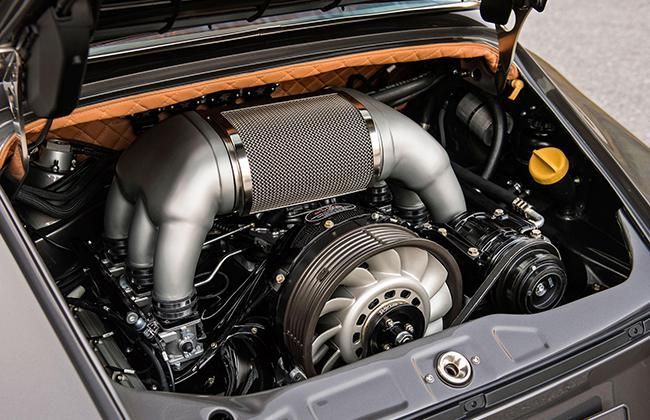Technology Decoded: Disc Brake
Modified On Mar 30, 2016 02:39 PM By Sahib
- Write a comment

Disc brakes are widely used in vehicles due to their efficient braking mechanism. These brakes convert the hydraulic pressure into a frictional clamping force against the rotating disc which is installed at the hub of the wheel. These brakes generally have a greater braking power impact as compared to other brakes, releasing a great amount of heat.
Background/Development:
- In 1902, Frederick Lanchester patented the first disc brake but it was used for the first time in his Lanchester motor car in 1903.
- In 1949, Indiana-built Crosley became first model to use disc brakes on all four wheels.
- In 1955, Citroen DS featured caliper-type front disc brakes which were the first mass production use of the modern disc brake.
Technology Explained:
The main components of a disc brake are:
- The rotor, a round plate installed at the hub of the wheel that rotates together with wheels. It is usually made of cast iron along with composites such as reinforced carbon or ceramic matrix.
- The brake pads, which is a frictional material for braking by sandwiching the disc rotor.
- The Caliper, which is a cylinder body with a piston.

Other technical Insights are discussed below:
1. As the wheels are rotating, the rotor installed at the hub of the wheel also rotates with it. The friction pads ride freely on both side of the rotor.
2. The caliper (cylinder body) is provided with channels through which the brake fluid is supplied to the cylinder.
3. As the brake pedal is applied, the brake fluid flows to the cylinder body (caliper) and moves the piston which further makes brake pads to clamp the rotor and hence applies the brake.

4. Much higher pressure is required to operate disc brake than drum brakes. This fact increases the need of power brake booster which provides assistance for brake input force and reduces the required pedal effort applied by the driver while braking.
5. In order to allow rapid release of frictional heat that is produced while braking, ventilaion is required. It involves either holes drilled across plate or using 2 plates with air gaps in between them.

Releasing Mechanism:
- Disc brakes do not have return springs to move the pads out of contact with the rotor. This job is done by Caliper Piston Seals.
- As the brake fluid under pressure forces the piston to move forward, it deforms the seal in the direction of piston travel.
- On releasing the brake pedal, the deformed seal comes back to its original shape and place. In this process, seal pulls the piston with it, which will release the brake pads from the disc.

Watch this video for better understanding of Disc Brakes:
Also Read: Technology Decoded: Drum Brakes










